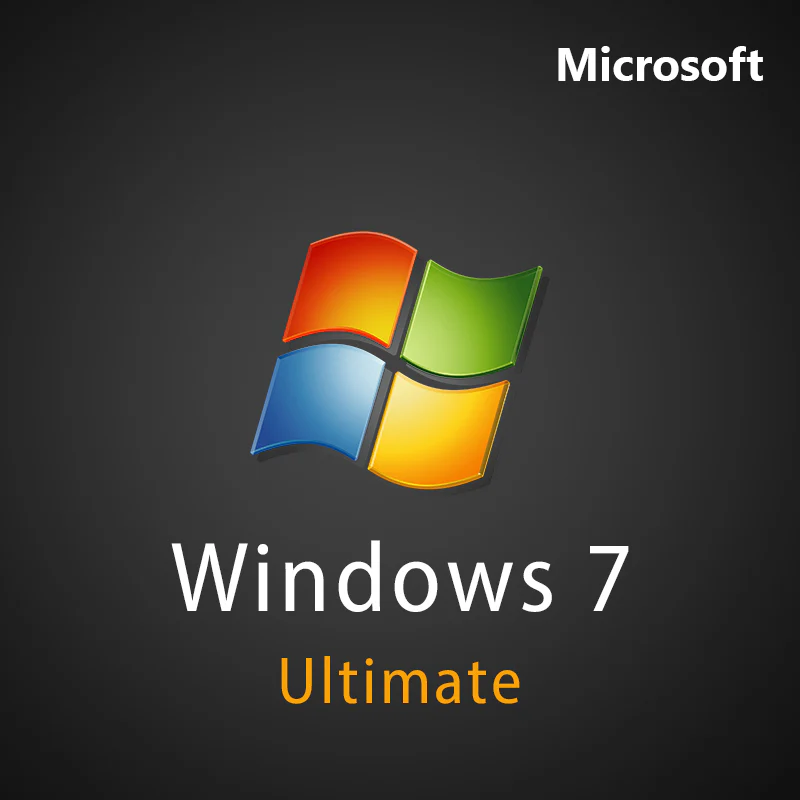In the annals of computing history, few operating systems have left as indelible a mark as Windows 7 Ultimate. Launched over a decade ago, Windows 7 Ultimate quickly rose to prominence, captivating users with its robust performance, intuitive interface, and versatile features. As we revisit this iconic OS, let's delve into the reasons behind its enduring popularity and its legacy in the ever-evolving landscape of technology.
Unveiling Windows 7 Ultimate:
Windows 7 Ultimate, the flagship edition of Microsoft's acclaimed operating system lineup, embodied a perfect balance of power and simplicity. With its sleek Aero interface, intuitive navigation, and unparalleled stability, Windows 7 Ultimate set a new standard for user experience, earning praise from both casual users and IT professionals alike.
Feature-Rich and Versatile:
At its core, Windows 7 Ultimate was designed to cater to a diverse range of users, from home enthusiasts to business professionals. With features like Windows Media Center for multimedia enthusiasts, BitLocker Drive Encryption for enhanced security, and Remote Desktop Connection for seamless remote access, Windows 7 Ultimate offered unparalleled versatility and functionality to meet the needs of every user.
Enhanced Performance and Reliability:
One of the key reasons behind Windows 7 Ultimate's enduring popularity was its exceptional performance and reliability. Unlike its predecessor, Windows Vista, which was plagued by performance issues and compatibility concerns, Windows 7 Ultimate delivered a smooth and responsive computing experience, thanks to its optimized resource management, improved driver support, and enhanced stability.
End of an Era:
Despite its widespread acclaim and loyal user base, all good things must come to an end. In January 2020, Microsoft officially ended support for Windows 7 Ultimate, marking the end of an era for one of the most beloved operating systems in history. While mainstream support may have ceased, Windows 7 Ultimate continues to hold a special place in the hearts of millions of users around the world, serving as a reminder of a bygone era of computing excellence.
Legacy and Beyond:
As we bid farewell to Windows 7 Ultimate, its legacy lives on in the evolution of modern operating systems. Many of its hallmark features, such as the Start menu, taskbar, and Aero interface, have endured and evolved in subsequent iterations of Windows, shaping the user experience for generations to come. While the era of Windows 7 Ultimate may have drawn to a close, its impact on the world of computing will be felt for years to come, serving as a timeless reminder of Microsoft's commitment to innovation and excellence.
Conclusion:
In the annals of computing history, Windows 7 Ultimate stands as a testament to the power of innovation and the enduring appeal of a well-crafted operating system. With its sleek design, versatile features, and exceptional performance, Windows 7 Ultimate captured the hearts and minds of users around the world, leaving an indelible mark on the world of technology. While its official support may have ended, the legacy of Windows 7 Ultimate lives on, serving as a beacon of excellence in an ever-changing landscape of digital innovation.


